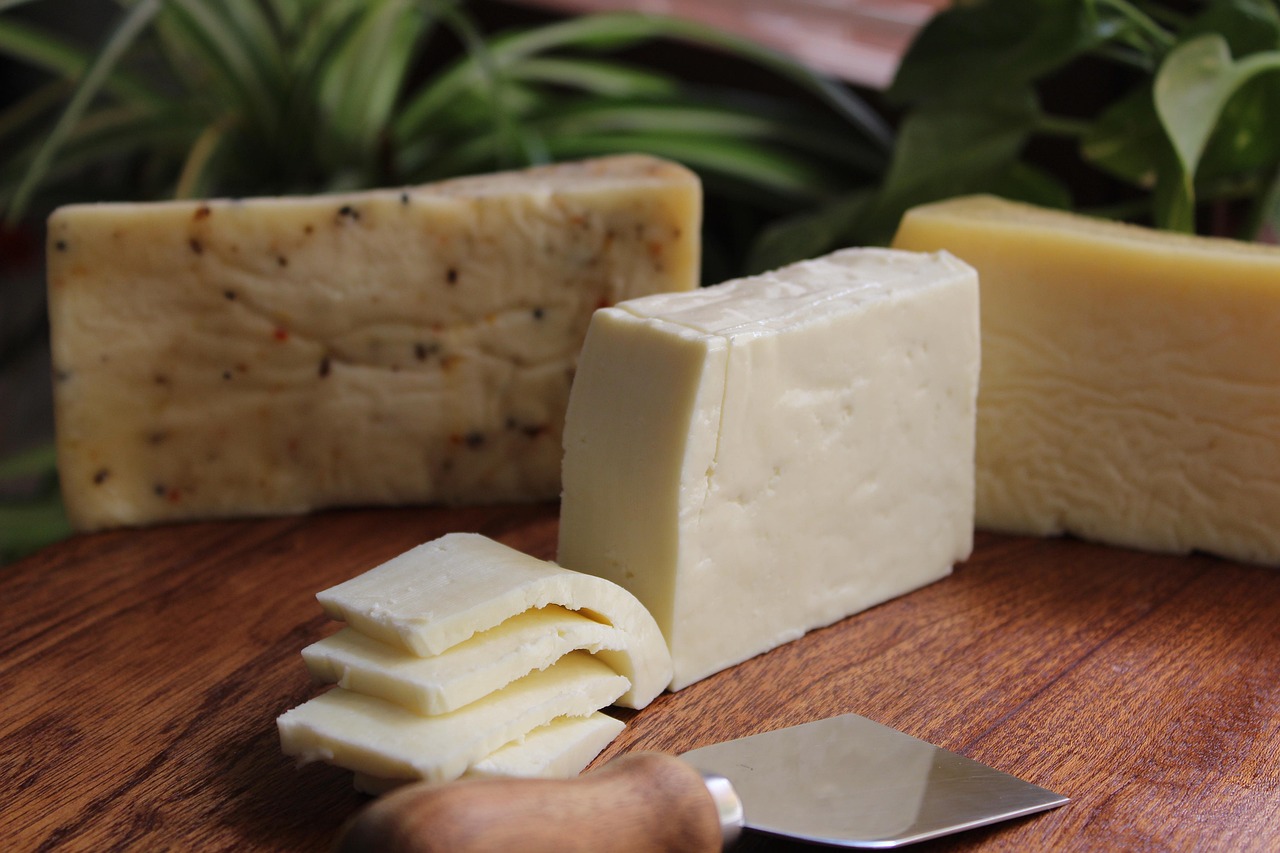Ever wonder why some cheeses taste richer and creamier than others? The secret might just be in the cow’s diet. Grass-fed cheese is making waves in the culinary and health worlds, and for good reason. Made from milk produced by cows that graze on fresh pasture rather than grain-based feed, this cheese isn’t just a gourmet delight—it’s also packed with nutritional benefits.
In this article, we’ll explore:
✅ What makes grass-fed cheese different
✅ Its health benefits backed by science
✅ How to choose the best grassfed cheese
✅ Delicious ways to enjoy it
Let’s dive in!
What Is Grass-Fed Cheese?
Grassfed cheese comes from cows that eat a natural diet of grass, herbs, and forage instead of processed grains or soy. Unlike conventional dairy farming, where cows are often fed corn and other supplements, grass-fed dairy relies on pasture-raised animals.
Key Differences Between Grass-Fed and Conventional Cheese
| Feature | GrassFed Cheese | Conventional Cheese |
|---|---|---|
| Cow’s Diet | Fresh pasture, forage | Grain, soy, corn |
| Fat Profile | Higher in omega-3s and CLA | More omega-6 fats |
| Flavor | Richer, more complex | Milder, uniform |
| Nutrition | More vitamins (A, E, K2) | Fewer nutrients |
Studies show that milk from grass-fed cows contains up to five times more conjugated linoleic acid (CLA)—a healthy fat linked to reduced inflammation and improved heart health (Journal of Dairy Science, 2018).
Top Health Benefits of Grass-Fed Cheese
1. Higher in Omega-3 Fatty Acids
Grass-fed dairy has a better omega-3 to omega-6 ratio, which helps reduce inflammation and supports brain health (British Journal of Nutrition, 2016).
2. Rich in CLA (Conjugated Linoleic Acid)
CLA has been associated with:
✔ Lower risk of heart disease
✔ Improved body composition (less fat, more muscle)
✔ Potential cancer-fighting properties (Nutrition & Metabolism, 2012)
3. More Vitamins and Antioxidants
Grassfed cheese is loaded with:
-
Vitamin K2 (supports bone and heart health)
-
Beta-carotene (gives cheese a slightly yellow hue)
-
Vitamin E (a powerful antioxidant)
4. Better for the Environment
Pasture-raised cows contribute to:
✔ Healthier soil (through natural grazing)
✔ Lower carbon footprint (compared to grain-fed operations)
How to Choose the Best GrassFed Cheese
Not all “grass-fed” labels are created equal. Here’s what to look for:
✔ Look for “100% Grass-Fed” or “Pasture-Raised” Labels
Some brands use “grass-fed” loosely, meaning cows may still eat grain at times. The best options are certified by:
-
American Grassfed Association (AGA)
-
Organic Valley Grassmilk®
-
Kerrygold (Irish grassfed cheese)
✔ Check the Ingredient List
Avoid cheeses with:
-
Additives like cellulose (anti-caking agent)
-
Excessive salt or preservatives
✔ Opt for Raw or Aged Varieties (If Available)
Raw grassfed cheese retains more enzymes and probiotics, while aged cheeses (like cheddar or gouda) develop deeper flavors.
5 Delicious Ways to Enjoy GrassFed Cheese
-
Charcuterie Boards – Pair with nuts, honey, and cured meats for a gourmet snack.
-
Grilled Cheese – Use grass-fed cheddar for a richer melt.
-
Salads – Crumble grass-fed feta or goat cheese over greens.
-
Omelets – Add grass-fed gouda for extra creaminess.
-
Pasta – Sprinkle grated grass-fed parmesan for a nutty finish.
Final Thoughts: Is Grass-Fed Cheese Worth It?
Absolutely! With its superior nutrition, richer taste, and environmental benefits, grass-fed cheese is a smart choice for health-conscious foodies. While it may cost a bit more, the flavor and health perks make it a worthwhile upgrade.
Next time you’re cheese shopping, give grass-fed a try—your taste buds (and body) will thank you!










